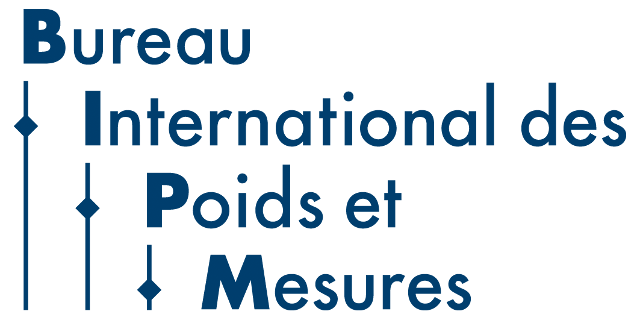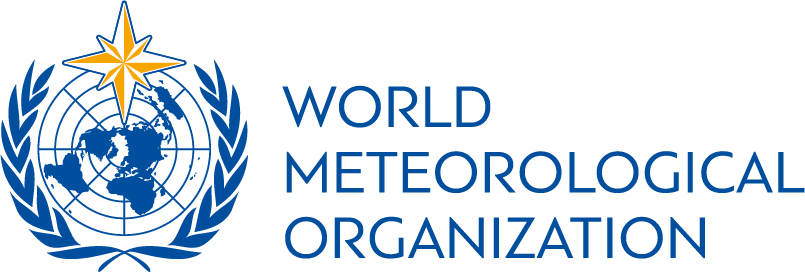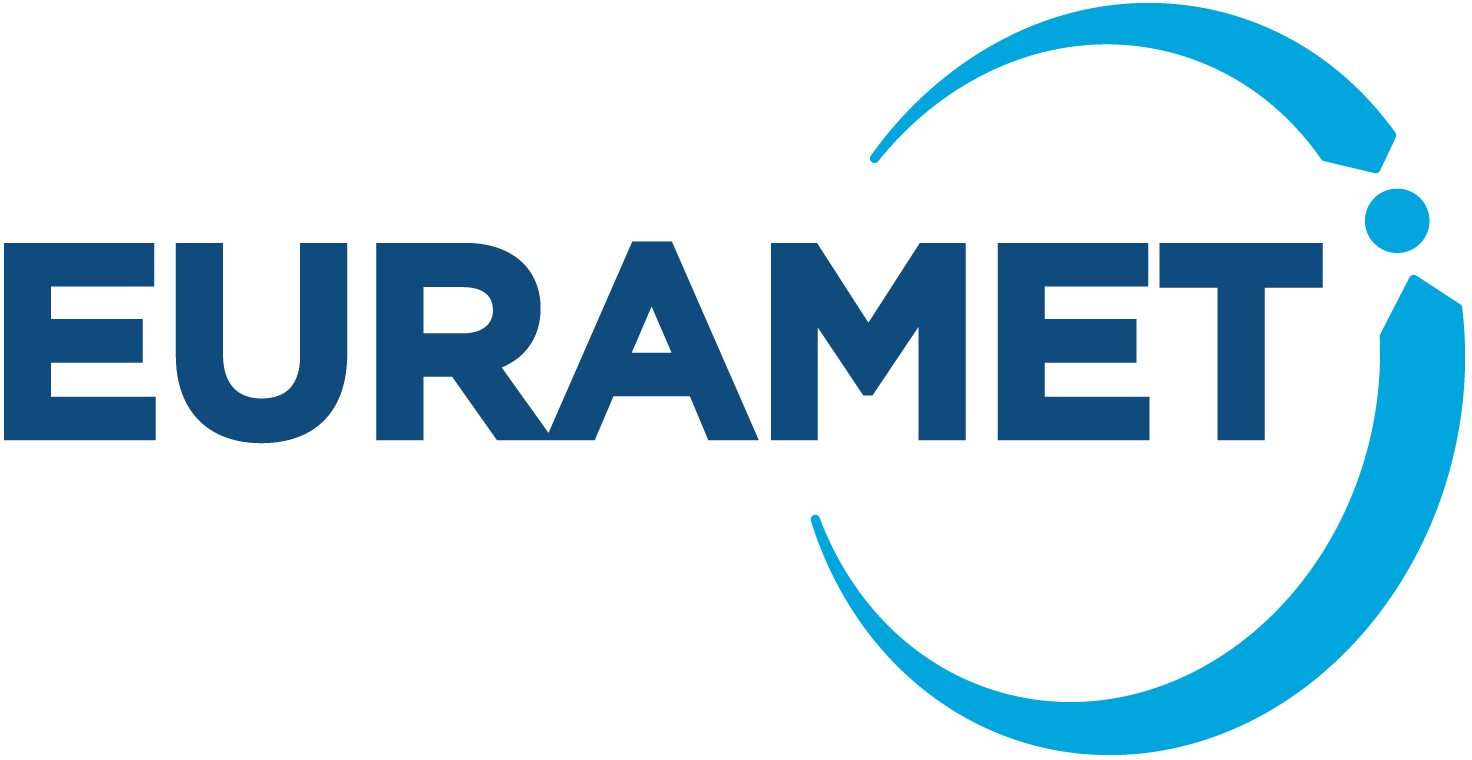Day 1 (26 September 2022)
Plenary Session Agenda and Keynote Speakers
All times are UTC+2, Paris time.
Recordings of the presentations
Thank you for joining our introductory plenary session. You may now access the recordings of the presentations at the link above.
13:00 — 13:10 : Opening of Workshop and Workshop Aims
by Antony Rea (WMO) and Dolores Del Campo (CIPM)
13:10 — 13:25 : Dr Wenjian Zhang
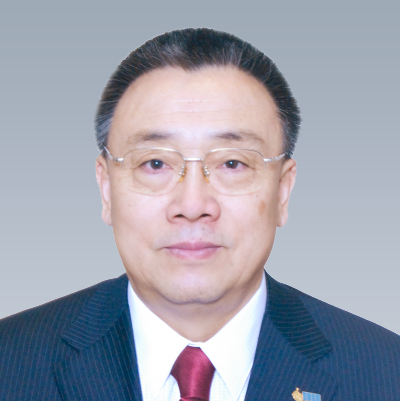
WMO programmes and their need for traceable measurements
by Dr Wenjian Zhang, WMO Assistant Secretary-General
Abstract
The presentation will showcase some key WMO programmes and activities, and will highlight areas that would be benefitting from further developments in the metrology domain.
Biography
Dr Wenjian Zhang has served as Assistant Secretary-General since 2016. Previous to that Dr Zhang was the Director of the WMO Observing and Information Systems Department and the WMO Space Programme. Dr Zhang served as the Deputy Administrator of China Meteorological Administration (CMA) from 2006 to 2008; Director-General of Observing and Information Systems Department of CMA from 2004 to 2006; and Director-General of National Satellite Meteorological Centre of China (CMA) from 1998 to 2004. During his tenure at CMA, he supported strategic studies and plans for the modernization of China's meteorology. He led the effort to develop the 10-year (2000-2010) Plan of the Chinese Meteorological Satellite Programme and oversaw its implementation, including the development and operations of FY-2 (geostationary) and FY-3 (polar-orbiting) satellites.
13:25 — 13:40 : Dr Wynand Louw
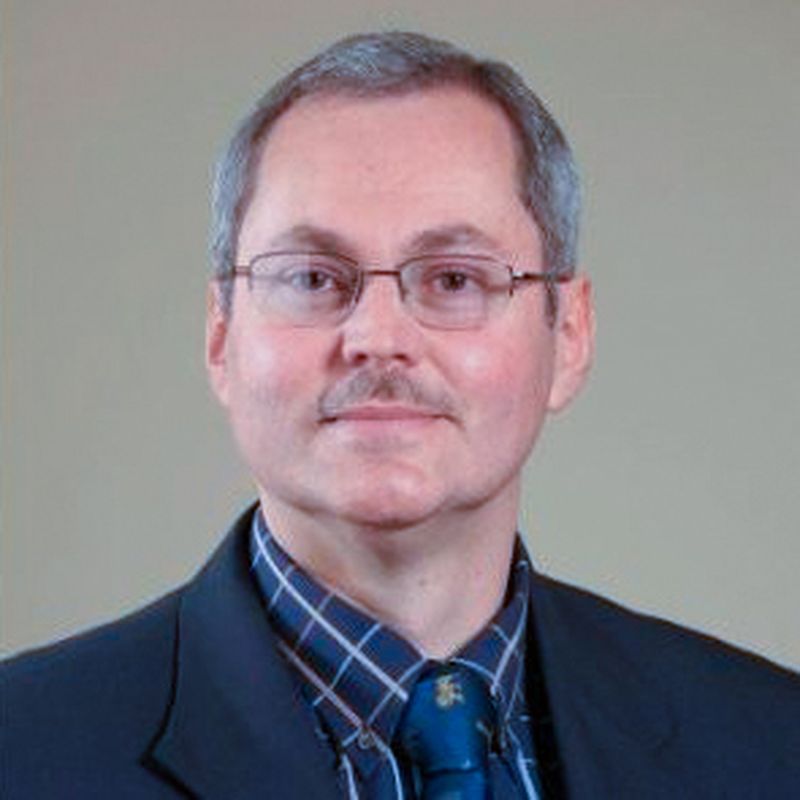
International Metrology Programs supporting Climate and Environment Observations
by Dr Wynand Louw, President of the CIPM
Abstract
The presentation will provide an overview of initiatives at national, regional and international levels to meet the evolving needs for accurate measurement in the environment and climate sector.
Biography
Wynand Louw is a Solid-State Physicist that obtained his MSc from the University of the Free State, South Africa. He spent 20 years as a researcher at the Council of Scientific and Industrial Research (CSIR), where he researched and fabricated opto-electronic devices and later moved to Materials research. During this period, he obtained his PhD on the Oxidation of Titanium and its Alloys, as part of a study on the osseointegration of titanium orthodontal implants. From 1993 he was the manager of the Surface and Structure Analysis group of CSIR. He collaborated in various materials research projects at universities and research institutions nationally and internationally, including France, Germany and the USA.
In 1998 his group was moved to the CSIR National Metrology Laboratory where he became the manager for Metrology in Chemistry and in 2002 the General Manager of the CSIR NML. With the establishment of the National Metrology Institute of South Africa (NMISA) in May 2007, he was appointed as the Acting CEO. With the appointment of a CEO in 2010, Dr Louw became the Director of the Regional, International liaison and Innovation Division, the position he holds today.
Dr Louw actively participated in CCQM from 2001 to 2014. In 2013 he was elected to the International Committee for Weights and Measures (CIPM) and in 2014 he became the President of the Consultative Committee for Ionising Radiation (CCRI). In 2019 he was elected as the President of the CIPM. He is currently leading the development of a Strategy 30+ for the BIPM.
13:40 — 14:00 : Dr Valérie Masson-Delmotte
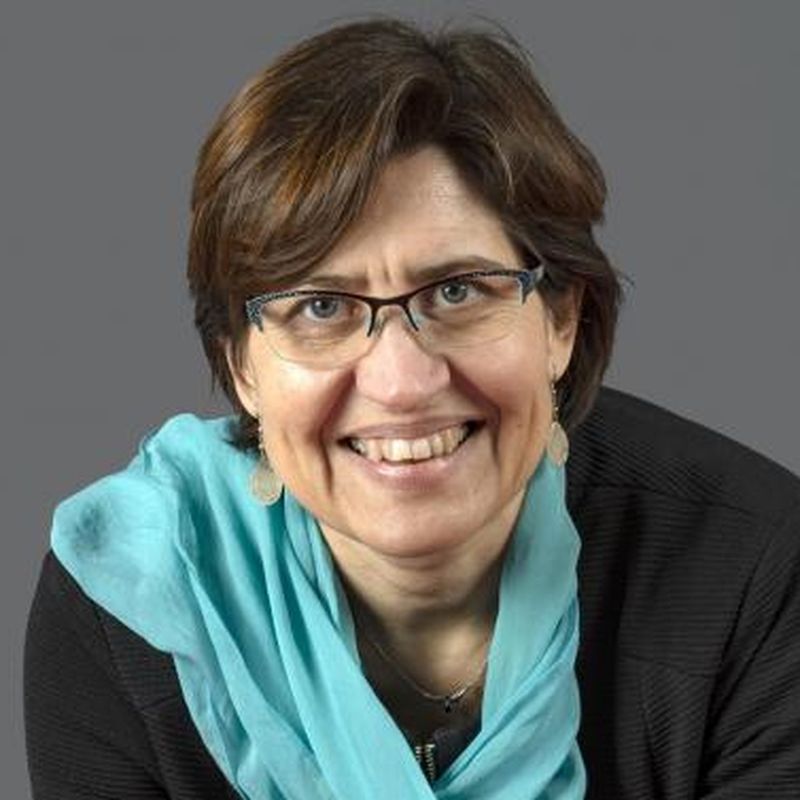
The need for climate action, highlights on metrology for climate action from IPCC AR6 reports
by Dr Valérie Masson-Delmott, LSCE
Abstract
This presentation builds on key findings and knowledge gaps identified in the IPCC 2021 and 2022 Working Group reports on the physical science basis, on impacts, risks, and adaptation and on mitigation. It highlights that Earth system observations are an essential driver of progress in our understanding of climate change and of information our responses. High quality, sustained, well characterized measurements, accounting for instrument transitions are essential, with recent advances to close the Earth's energy and sea level budgets. Advances are needed to better understand differences between changes in marine air and sea surface temperature, for metrics associated with global surface temperature changes. As observed warming is driven by emissions from human activities, advanced greenhouse gas monitoring systems (including O3) and monitoring of short lived climate forcers, with observational constraints on emissions with large uncertainties (fugitive methane emissions from fossil fuels, land sources and sinks) are highly relevant for resource managements, mitigation strategies, and advancing our understanding. Observations are critical to inform multiple changes in climatic impact-drivers in every region, with gaps in current monitoring networks, and attribution studies, in particular in areas of high vulnerability. There is a potential to advance the use of observations to constrain future projections beyond global surface temperature and sea level. Tide gauge networks are critical to advance projections of the frequency and intensity of extreme sea level changes, together with the monitoring of coastal erosion. IPCC reports have placed an emphasis on low (or unknown) likelihood, high impact outcomes, and observations targeting deep uncertainty and elements susceptible to abrupt or irreversible changes are critical. Enhanced early warning systems and climate services are critical approaches to limit climate-related risks. Strengthening observations relevant for ecosystem adaptive management could better inform action at the climate - biodiversity - social nexus. More proactive community based early warning systems are needed in particular for informal settlements and cities. Consideration of accessibility, affordability, relevance of climate services and their interplays with inequalities, powerful stakeholders and vulnerable groups is important to address increasing adaptation gaps. Finally, land based mitigation has a large potential to deliver greenhouse gas emission reductions and enhanced removals, but requires reconciling national inventories with global modelling approaches, with needs to improve quantifications of natural / anthropogenic fluxes, better understanding the impacts of climate change on mitigation potential and permanence, and improved (real time, cheap) measurement, reporting and verification.
Biography
Valérie Masson-Delmotte is a Co-Chair of Working Group I of the Intergovernmental Panel on Climate Change (IPCC) for the Sixth Assessment cycle, and a Senior Scientist in France’s Laboratory of Climate and Environment Sciences (LSCE) of Institut Pierre Simon Laplace, at the University of Paris Saclay.
Masson-Delmotte, trained in fluid physics, has an extensive research background on issues such as quantifying and understanding past climate and water cycle variability, climate information from ice cores, climate response to natural and anthropogenic forcings, climate feedbacks, abrupt climate change, ice sheets and sea level.
With 250 peer-review publications, she is one of the most highly cited scientists in the field of geosciences since 2014.
She is extremely active in outreach and science communication and has contributed to several books on climate change for children and the general public.
Her contributions to science advances have been acknowledged by several prestigious prizes, such as the European Commission Descartes Prize in 2008 for the EPICA project, the Irène Joliot-Curie Prize as Women scientist of year 2013, the Martha T. Muse for Antarctic science in 2015, Nature’s 10 in 2018, the CNRS silver medal in 2019, the European Geophysical Union Milankovicz medal in 2020, and the medal of the President of the Scientific Committee for Antarctic Research in 2020.
14:00 — 14:20 : Prof Dr Han Dolman
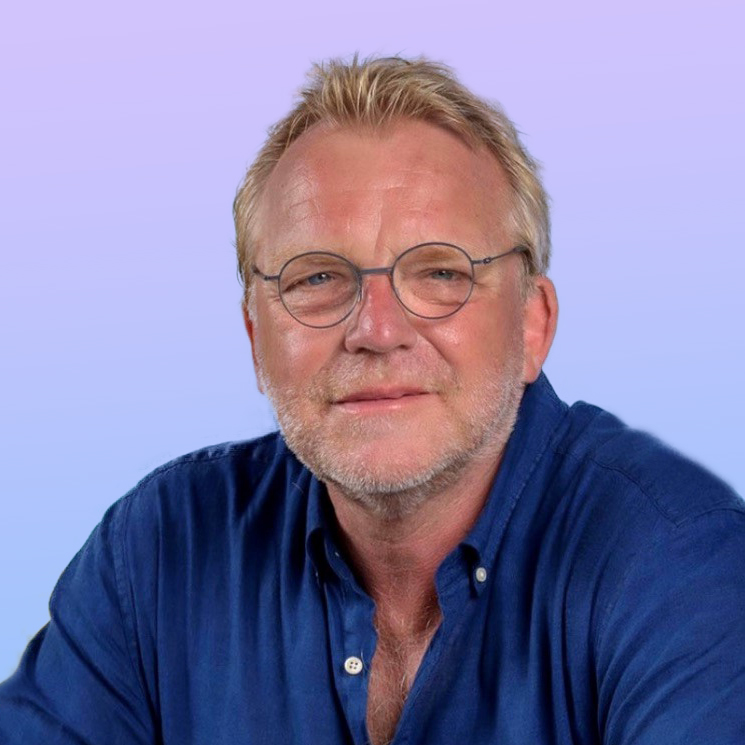
Observing the state of the global climate, emerging needs
by Prof Dr Han Dolman, GCOS chairman
Abstract
The Global Climate Observing system defines and brings together the requirements of a set of Essential Climate Variables that are needed to observe the state and evolution of our global climate. Increasingly ECVs are used for purposes of adaptation and mitigation and to close elementary cycles of energy water and carbon. I will present an overview of the current state of the observing system and the new requirements as set in the new GCOS Implementation Plan 2022. Using the development of a global carbon observing system I will pay attention to specific metrology needs to obtain high quality, accurate and sustained observation.
Biography
Han Dolman is director of Royal NIOZ, the Netherlands Institute for Sea Research at Texel, Netherlands. He is also chair of the Steering committee of the Global Climate Observing System (GCOS) and chairs the Climate Science Advisory Board of the European Space Agency (ESA). His background is in climate science, in particular the interaction of biogeochemical cycles and climate and he has published widely in these field. He is particularly interested in the global carbon cycle and has worked on tropical rainforest in the Amazon and the permafrost tundra in the Far East of Siberia. His most recent book “Biogeochemical Cycles and Climate” was published by Oxford University Press. He is part time professor at Department of Earth Sciences of the Free University of Amsterdam, Netherlands.
14:20 — 14:40 : Sir Patrick Vallance
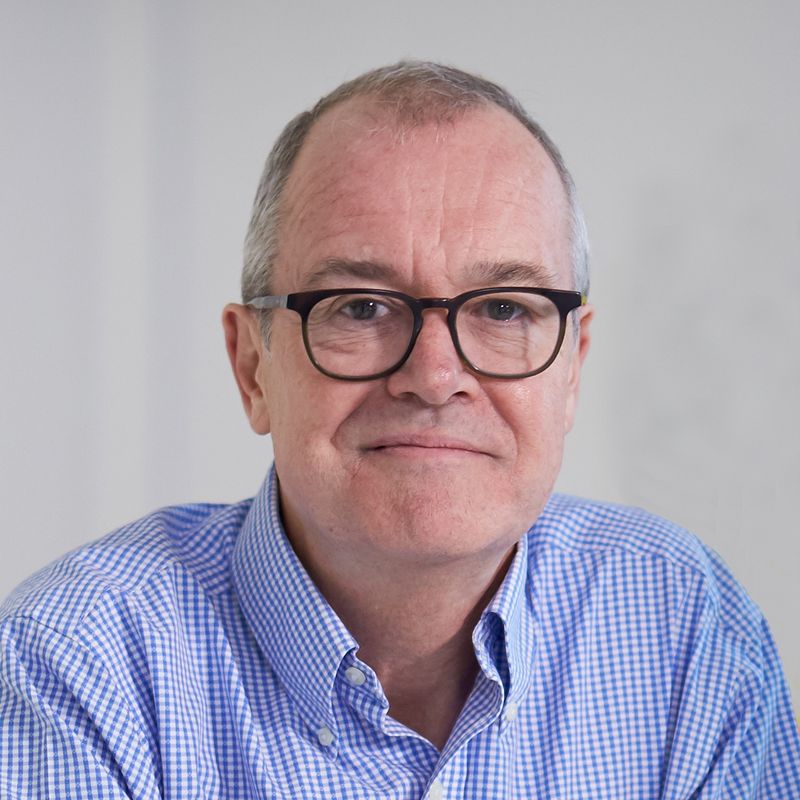
Getting evidence understood by governments
by Sir Patrick Vallance, UK Government Chief Scientific Adviser
Abstract
In the talk Sir Patrick Vallance will cover: the current evidence base for governments, the nature of evidence advice to governments, the role of scientists in provision of advice, and the links to operational delivery.
Biography
Sir Patrick Vallance is the UK Government Chief Scientific Adviser, National Technology Adviser and Head of the Government Science and Engineering profession.
Previously, Patrick worked at GlaxoSmithKline where he started in 2006 as Head of Drug Discovery, before becoming Senior Vice President, Medicines Discovery and Development and subsequently President, R&D until 2017.
Prior to this, Patrick was a clinical academic, Professor of Medicine and led the Division of Medicine at UCL. He has over 20 years’ experience of basic and clinical research. His personal research was in the area of diseases of blood vessels and endothelial biology.”
14:40 — 15:00 : Prof Dr Dominik Brunner and Dr Stephan Henne
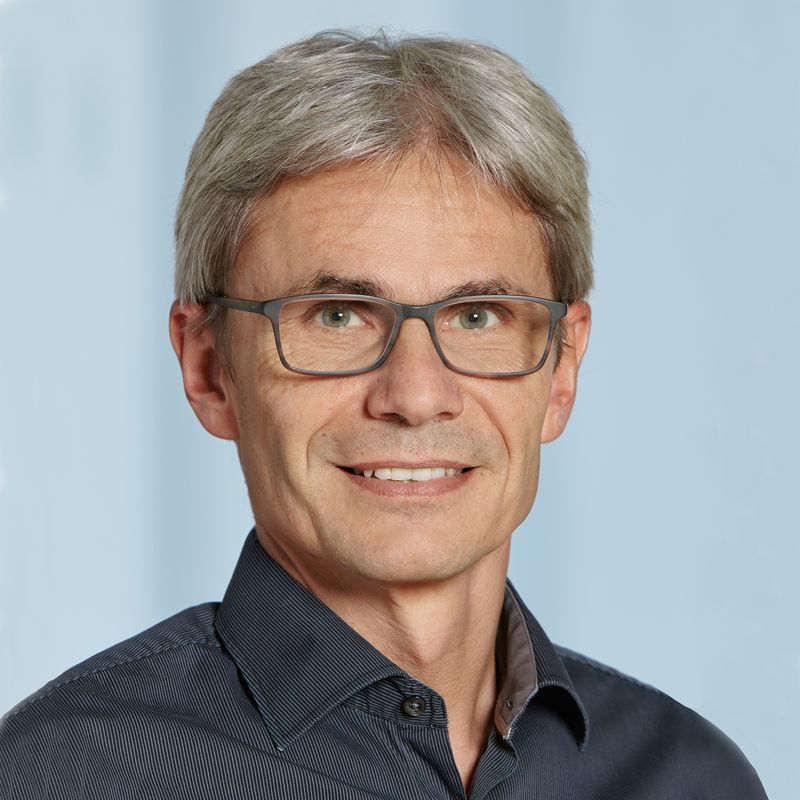
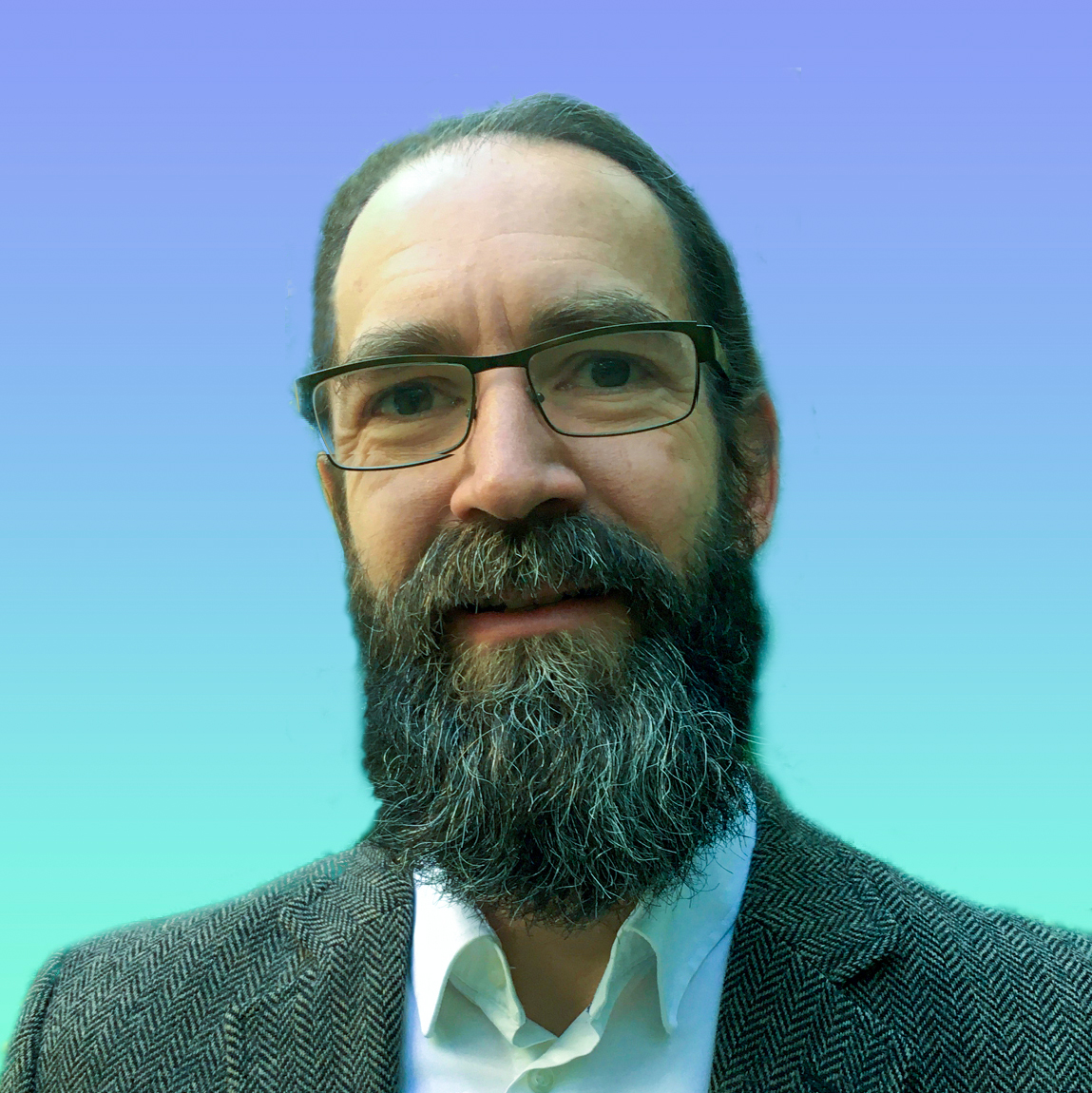
Observations in support of emission inventories in Switzerland
by Prof Dr Dominik Brunner and Dr Stephan Henne
Abstract
Human-made emissions of carbon dioxide (CO2), methane (CH4), nitrous oxide (N2O) and synthetic gases (halocarbons, SF6) are the key drivers of global climate change, with CO2 accounting for approximately 70% and the other compounds for about 30% of the present radiative forcing. According to the latest Swiss National Inventory Report (NIR, 2022), CO2 accounts for 79%, CH4 for 11%, N2O for 6.5%, and synthetic gases for 3.5% of Switzerland's anthropogenic CO2-equivalent emissions. Despite the large share of CO2, its contribution to the uncertainty of the Swiss GHG emission budget is minor (excluding land-use, land-use change and forestry) because anthropogenic emissions of CO2 are known relatively accurately from fuel import-export statistics. Emissions of synthetic gases are much less certain, but their relative contribution is small. Therefore, the uncertainty budget is dominated by CH4 and N2O (each contributing about 45%), because both are mainly produced in biological systems that are highly variable in space and time and hence less certain.
In order to assess the quality of the NIR by an independent method, the Swiss government has been supporting observations of atmospheric GHG concentrations and "top-down" emission estimation by inverse modelling for over 20 years. Since 2012, the Swiss NIR contains an appendix on top-down studies for selected synthetic gases as an additional quality control measure compliant with the IPCC emission reporting guidelines. With the extension of the measurement infrastructure, notably the installation of the tall-tower site Beromünster, the appendix was extended to include CH4 and N2O since 2016. Measurements of synthetic gases from the remote high-altitude site Jungfraujoch, which is sensitive to emissions from Switzerland only on a small number of days per year, were complemented by campaigns at two sites on the Swiss Plateau, in order to improve and assess the estimates derived from measurements at Jungfraujoch alone. Here, we present an overview of the measurement network and the inverse modelling framework implemented to estimate Switzerland's emissions non-CO2 GHGs on a routine basis.
We report spatially and temporally resolved Swiss emissions for CH4 (2013-2021), N2O (2017-2021) and total Swiss emissions for the synthetic gases (hydrofluorocarbons, HFCs and SF6; 2009-2020) based on a Bayesian in-version system and a tracer ratio method. Both approaches make use of transport simulations applying the regional-scale (7 x 7 km2) Lagrangian particle dispersion model (FLEXPART-COSMO). We compare these top-down estimates to the bottom-up results reported in the Swiss NIR. We find good agreement for CH4 and N2O and for many of the synthetic gases. Potential reasons for disagreements for other compounds will be discussed.
Biography for Prof Dr Dominik Brunner
D. Brunner studied physics at ETH Zurich specializing in atmospheric physics and quantum electronics. In his PhD at ETH Zurich (1994-1997), he studied the impact of air traffic on nitrogen oxides and ozone in the tropopause region using instruments deployed on a Swissair B-747. Thereafter he joined the Royal Netherlands Meteorological Institute KNMI where he started working on numerical simulations of atmospheric chemistry and dynamics. After another stay at the Institute for Atmospheric and Climate Science at ETH Zurich, he was appointed in 2006 a position as group leader at Empa, where he is heading the group for Atmospheric Modelling and Remote Sensing ever since. His group is specialized in air quality modelling, inverse estimation of greenhouse gas emissions, trace gas remote sensing, and studies of urban air quality and climate. The group is developing and applying a range of advanced atmospheric models focusing on regional to urban scales using both Eulerian and Lagrangian techniques.
Biography for Dr Stephan Henne
Stephan Henne studied meteorology and computer science at the University of Hamburg, Germany, completing with a master thesis in the year 2000 on urban air pollution transport. Moving to the Paul Scherrer Institute and ETH Zürich, Switzerland, he studies air pollution transport and chemistry in complex Alpine terrain, graduating with a PhD in Environmental Sciences in 2004. Since then Stephan has been working in the Atmospheric Modelling and Remote Sensing group at Empa, Switzerland, on a variety of air pollution and greenhouse gas subjects focusing on the development and application of atmospheric transport models and inverse emission methods on the regional and country scale.
15:00 — 15:20 : Dr David Long
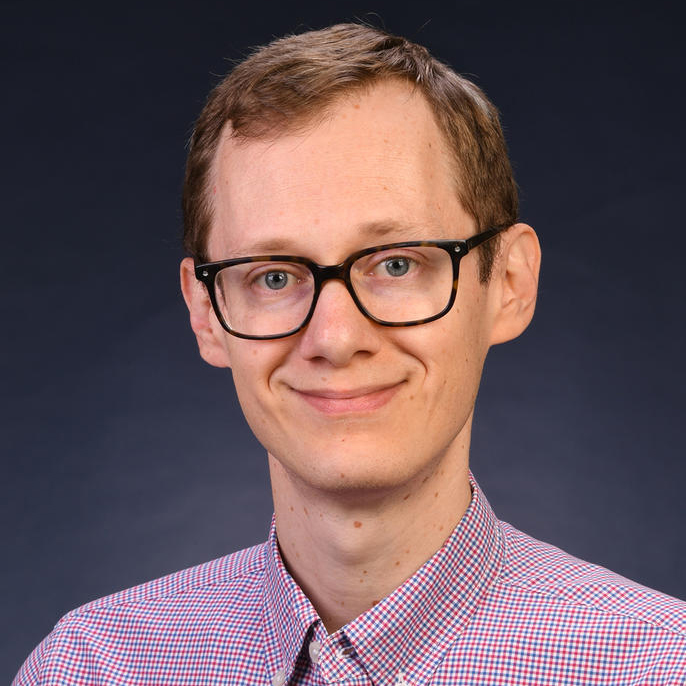
Bringing SI-traceability to GHG monitoring
by Dr David Long, NIST
Abstract
At the center of the international effort to understand greenhouse gas (GHG) sources and sinks is an array of in situ sensors, terrestrial remote sensing platforms, and global monitoring satellites. Initial efforts focused primarily on carbon dioxide (CO2); however, the critical importance of methane (CH4) is also being recognized as it has 80 times the global warming potential of CO2 over a 20-year period and often stems from costly and potentially dangerous natural gas leaks. We are working to develop a comprehensive next-generation GHG calibration system capable of extending SI traceability to global satellite remote sensing and terrestrial remote sensing platforms across all relevant spatial scales.
As part of this effort, we are performing ultrahigh accuracy laboratory spectroscopy to improve available spectroscopic parameters using novel cavity-enhanced, variable temperature instruments for both CO2 as well as CH4. In addition, we are aiming to dramatically reduce the uncertainties associated with the underlying gas standards which provide the needed link to the SI. These efforts are of particular importance for CH4 where the uncertainties associated with gas standards and molecular spectroscopy are considerably higher, and in many cases limit the overall remote sensing uncertainty budget. The combination of higher accuracy gas standards, improved molecular spectroscopy, as well as a suite of novel open path, remote sensing instrumentation is expected to allow for high accuracy GHG monitoring while also providing for direct calibration of GHG remote sensing satellites. A critical portion of this work will be intercomparisons and collaborations with other members of the remote sensing and GHG monitoring community.
Biography
Dr. David A. Long earned his Ph.D. from the California Institute of Technology in 2011. He subsequently joined the National Institute of Standards and Technology where he is currently Project Leader in the Optical Measurements Group. Over the course of his career, he has received the National Science Foundation Graduate Research Fellowship, the National Defense Science and Engineering Fellowship, the Barry M. Goldwater Scholarship, and the Presidential Early Career Award for Scientists and Engineers (PECASE) Award. He is also a long-time member of the Orbiting Carbon Observatory Science Team. His research interests involve the application of novel optical techniques to present problems in metrology, remote sensing, and atmospheric measurement.
15:20 — 15:35 : Overview of Theme 1
Topics, activities so far and expectations, by Emma Woolliams, Theme 1 Co-chair
15:35 — 15:50 : Overview of Theme 2
Topics, activities so far and expectations, by Phil DeCola, Theme 2 Co-chair
15:50 — 16:00 : Structure and activities for remaining days of workshop
by Robert Wielgosz (BIPM), SC Co-Chair
